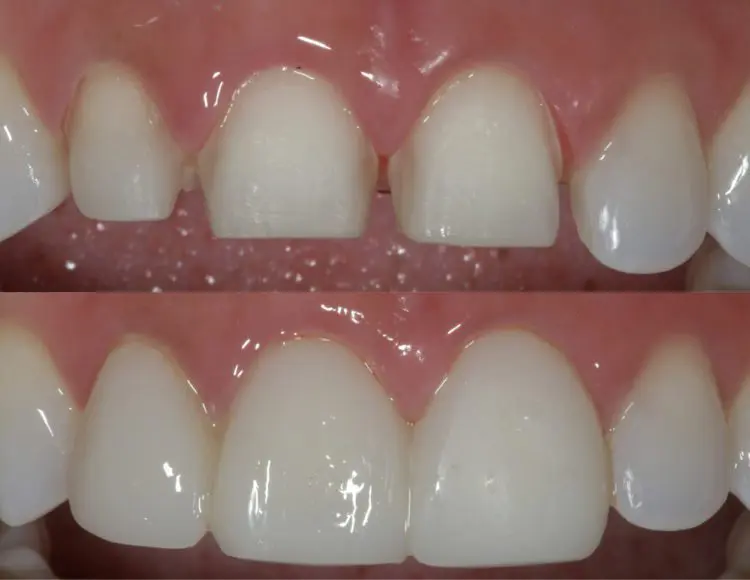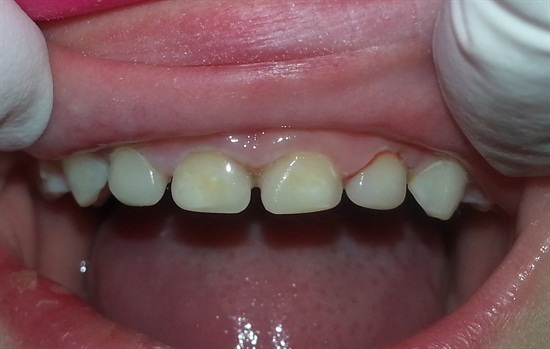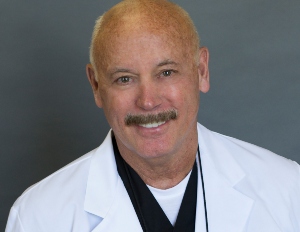Activa BioActive-Restorative: A Study on its Protective Effect Against Demineralization
By Nate Lawson DMD, MA, PhD
In a recent study by Huang et al., Activa BioActive-Restorative was put to the test to examine its protective effect. Small box-shaped cavities on extracted molars were restored with Activa BioActive-Restorative and a traditional resin composite, both with a bonding agent. After subjecting the teeth to 30 days of artificial caries induction and remineralization, they were examined under polarized light microscopy.
Activa BioActive-Restorative demonstrated zones of protection near the interface, while conventional composite showed more demineralization. These results indicate Activa BioActive-Restorative’s ability to help protect the margins of tooth structure from demineralization.
Figure 1: Small box-shaped cavity preparations were prepared on the buccal surface of extracted molars.
Figure 2: The preparations were restored with Activa Bioactive-Restorative and a control of traditional resin composite. Both materials were used with a bonding agent.
Figure 3: The restored teeth were subjected to 30 days of artificial caries induction through repeated 4 hours of exposure to a lactic acid solution (pH=4) and 20 hours of remineralization.
Figure 4: The teeth were embedded into acrylic.
Figure 5: Next, the teeth were sectioned into 100 micron thick specimens.
Figure 6: Then, the teeth were examined under polarized light microscopy.
Figure 7: The teeth were examined at the interface between the restorative material and the root dentin to measure areas of demineralization (representing recurrent caries). Teeth restored with Activa Bioactive-Restorative demonstrated zones of protection that were not demineralized near the interface with Activa Bioactive-Restorative.
Figure 8: Teeth restored with a conventional composite demonstrated more demineralization near the interface with the composite than areas away from the composite (known as wall lesions). These results indicate that Activa BioActive-Restorative is able to help protect the margins of tooth structure from demineralization.





